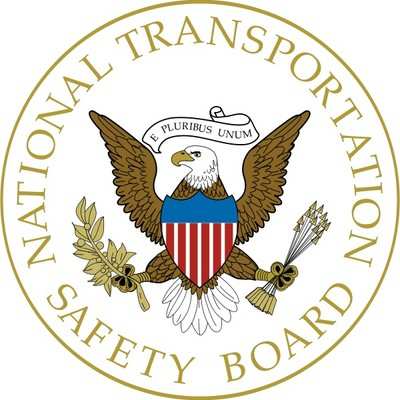Instructor Pilot Confirmed This Was The First Flight With The Pilot
Location: Culebra, PR Accident Number: ERA22LA123
Date & Time: February 15, 2022, 09:50 Local Registration: N821RR
Aircraft: Britten-Norman BN-2A-9 Injuries: 3 None
Flight Conducted Under: Part 91: General aviation - Instructional

On February 15, 2022, about 0950 Atlantic standard time, a Britten-Norman BN-2A-9 airplane, N821RR, was substantially damaged when it was involved in an accident at Benjamin Rivera Noriega Airport (CPX), near Isla de Culebra, Puerto Rico. The pilot receiving instruction, flight instructor, and pilot-rated passenger were not injured. The airplane was operated by Air Flamenco conducted as a Title 14 Code of Federal Regulations Part 91 instructional flight.
According to the pilot, he had recently retired from flying large category transport airplanes. He was recently hired Air Flamenco and had received some ground school training on the BN-2A-9, the company mission, routes, and destinations. The accident occurred on the first landing of his first flight, and it was his first ever landing at the accident airport. The pilot stated that he entered a left downwind for landing on runway 13, and the estimated winds were 090° at 15 to 16 knots.
The instructor advised him that his aiming point should be “the grassy area” that preceded the landing threshold. The approach was flown about 80 knots and about 100 ft above the normal flight path, he stated, “the wind was not a factor.” After touchdown the airplane “leaned to the right” and veered off the right side of the runway. In an interview with a Federal Aviation Administration (FAA) aviation safety inspector, the instructor pilot confirmed this was the first flight with the pilot. Air Flamenco considered CPX a “special airport” because of the short runway and challenging runway environment and that company pilots who flew there participated in a “special” training program for their pilots.
The instructor described a stabilized approach at 70 knots. He said the pilot made a three-point, flat landing, and the airplane turned right almost immediately. When asked, the instructor said it was not a hard landing. In the company flight log for the accident flight, he reported the airplane “experienced strong wind conditions sliding the aircraft off of the runway.” In another company incident report, the instructor stated the nose wheel turned 090° to the right, drifting the aircraft right of the runway and “making it very hard to regain directional control.”
The commercial pilot seated in the back stated it was not a hard landing, but it was “harder than anything he had experienced before at that airport.” The FAA inspector who responded to the accident site photographed witness marks on the runway, in the grass apron along the wreckage path, and the wreckage itself. The inspector described and his photographs illustrated witness marks consistent with propeller strikes and orange paint transfer marks on the runway. The right propeller blades displayed tip curling and the orange-painted wingtip displayed impact damage and longitudinal scraping and asphalt transfer. The distance between the scars on the runway were consistent with the distance between the propeller spinner and the wingtip. The right main landing gear was mounted to the aft portion of the right engine. The aft portion of the right wing was pushed upward at the wing root which resulted in substantial damage to the right wing.
After the accident, there was some discussion between the flight crew and company mechanics about the nose wheel free-castering system. Postaccident examination of the airplane at the airport by the FAA revealed no evidence of preimpact mechanical anomalies with the nose wheel that would have prevented normal operation. The wreckage was retained for further examination.
 Senator Pushes FAA to Accelerate Rocket Launch Licensing
Senator Pushes FAA to Accelerate Rocket Launch Licensing Classic Aero-TV: RJ Gritter - Part of Aviations Bright New Future
Classic Aero-TV: RJ Gritter - Part of Aviations Bright New Future Aero-FAQ: Dave Juwel's Aviation Marketing Stories -- ITBOA BNITBOB
Aero-FAQ: Dave Juwel's Aviation Marketing Stories -- ITBOA BNITBOB ANN's Daily Aero-Linx (10.27.24)
ANN's Daily Aero-Linx (10.27.24) ANN's Daily Aero-Term (10.27.24): Clearance Void If Not Off By (Time)
ANN's Daily Aero-Term (10.27.24): Clearance Void If Not Off By (Time)



